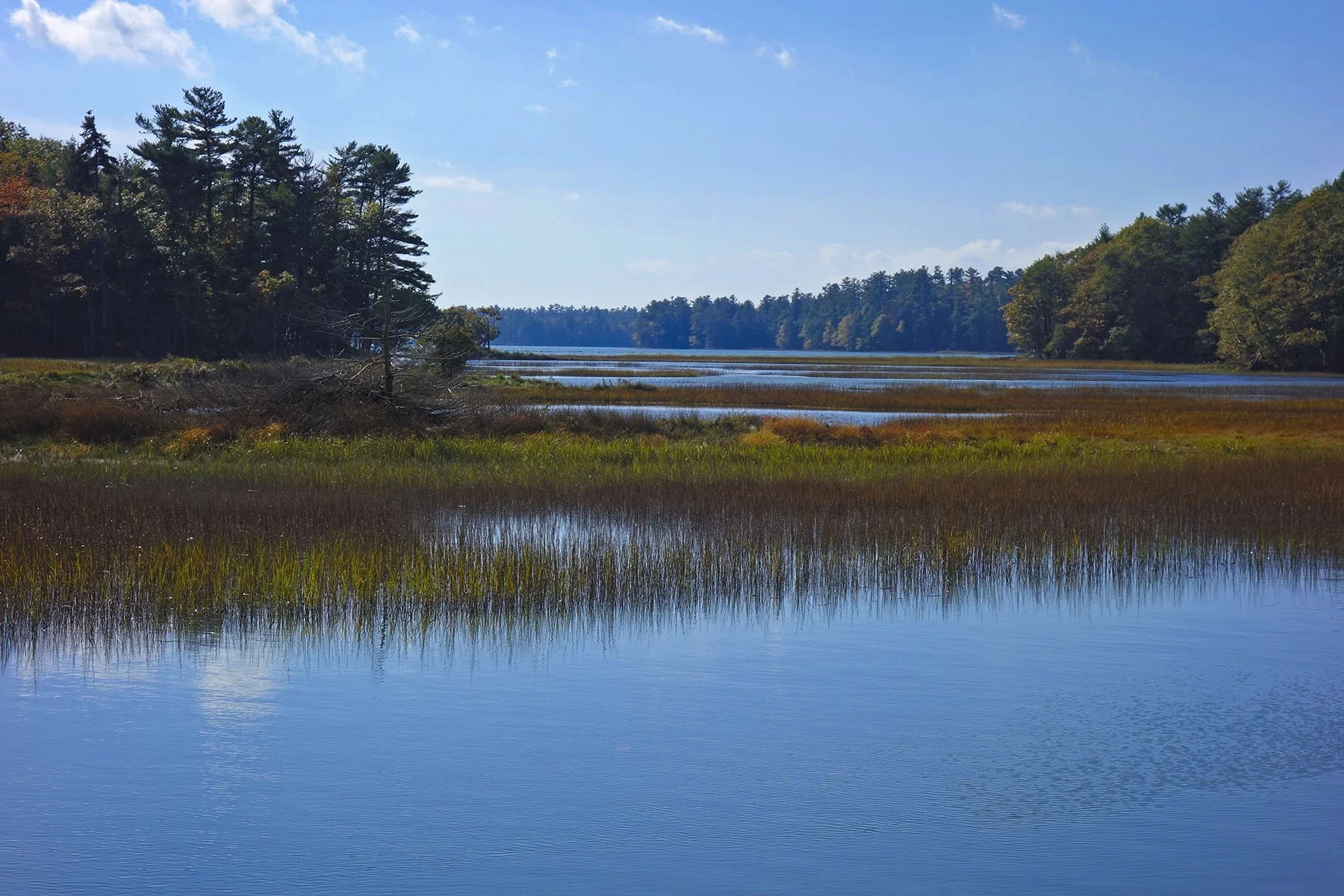A Look at Mare Brook’s Next Decade
In working with the Town of Brunswick, Maine Department of Environmental Protection (Maine DEP), and at least a dozen additional interested organizations, Cumberland County Soil and Water Conservation District (District) assisted in completing a 10-year plan outlining actions needed to restore Mare Brook’s water quality. Mare Brook is a State-designated Class B stream currently listed as impaired due to poor macroinvertebrate sampling results and poor macroinvertebrate habitat.
The 2022-2032 Mare Brook Watershed Management Plan (WMP) was developed to directly address the conditions causing the Brook’s impairment status. To create the WMP, previously collected data was reviewed and additional assessments of stream culverts, stormwater outfalls, and geomorphic conditions were performed. A stream stressor analysis, following Maine DEP’s Guide to Identifying Stream Stressors (October 2019), was then completed to pinpoint specific problems and causes of Mare Brook’s impairment throughout various sections of the Brook. The WMP is to be overseen by a town-appointed leadership team or advisory committee that will work through the steps of the WMP’s action items which call for yearly review of the WMP’s progress and methods to update these items as new information becomes available.
The WMP was funded with a significant amount of cash and in-kind match from the Town of Brunswick, US Environmental Protection Agency’s Clean Water Act Section 604b grant funds awarded to the Town of Brunswick by Maine DEP, partial in-kind match by the District, and in-kind match from watershed stakeholders.
The Watershed Management Plan (WMP) includes:
an overview of Mare Brook and its watershed
the impairment problems and assessments completed
an outline of specific action items and their predicted cost estimate to be implemented over the next 10 years
information on funding recommendations
ideas for increasing public awareness
suggestions to prevent future stressor increases.









